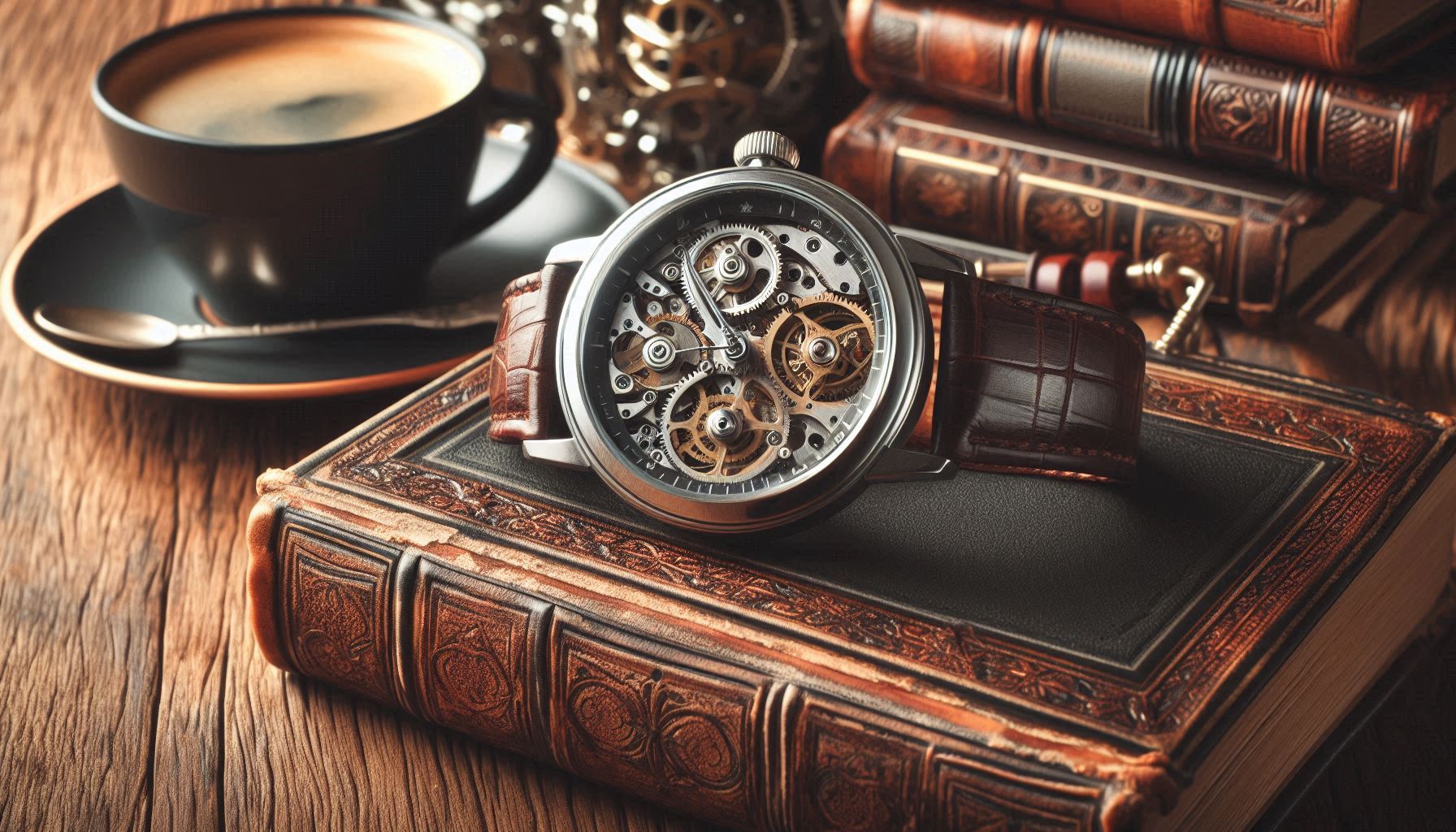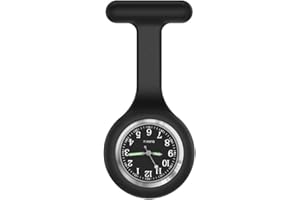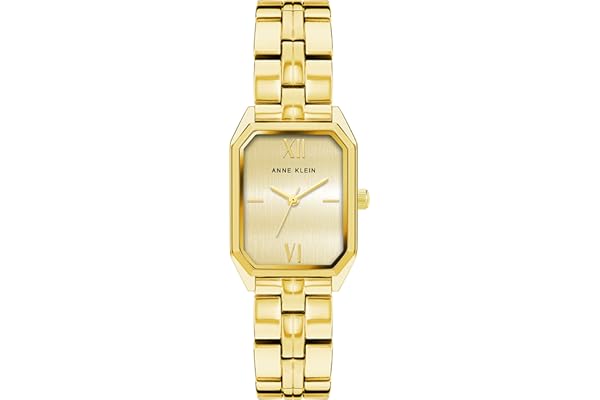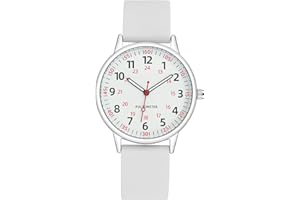How to Set a Mechanical Watch?
Contents
Understanding the Mechanism of a Mechanical Watch
Mechanical watches are marvels of engineering that rely on intricate mechanisms to keep time. Unlike quartz watches, which use a battery-powered electronic oscillator, mechanical watches operate through a series of gears, springs, and levers. Understanding the basic components of a mechanical watch is essential for setting it correctly. The heart of a mechanical watch is the mainspring, a tightly wound coil that stores energy. This energy is released through the escapement, which regulates the watch’s timekeeping by allowing the gears to move at a consistent rate. The balance wheel and hairspring work together to control the speed at which the gears turn, ensuring accurate timekeeping.
Setting a mechanical watch requires a delicate touch and attention to detail. It is important to remember that mechanical watches can be sensitive to sudden movements and changes in position. When setting the time, it is advisable to do so while the watch is lying flat on a surface. This minimizes the risk of damaging the delicate internal components. Additionally, it is important to avoid setting the watch between 9 PM and 3 AM, as this is when the date-change mechanism is engaged. Setting the watch during this period can cause damage to the gears and result in inaccurate timekeeping.
To set a mechanical watch, begin by gently pulling out the crown, which is usually located on the side of the watch case. This will stop the movement and allow you to adjust the time. Turn the crown slowly and smoothly in one direction to move the hands to the desired time. It is generally recommended to move the hands clockwise, as this is the natural direction of movement for most mechanical watches. Once the correct time is set, push the crown back in to restart the movement. It is important to wind the watch fully by turning the crown clockwise until resistance is felt, ensuring that the mainspring is fully charged and the watch will run accurately.
Setting the Date and Other Complications
Many mechanical watches come with additional features, known as complications, such as a date display, day of the week, or even a moon phase indicator. Setting these complications correctly is crucial for maintaining the watch’s functionality and accuracy. As mentioned earlier, it is important to avoid setting the date between 9 PM and 3 AM to prevent damage to the date-change mechanism. To set the date, pull the crown to the first position, which usually allows for date adjustment. Turn the crown slowly until the correct date is displayed. If your watch has a day of the week indicator, it can usually be set in the same manner.
For watches with more complex complications, such as a perpetual calendar or a moon phase indicator, it is advisable to consult the watch’s manual or seek assistance from a professional watchmaker. These complications often require precise settings and may have specific procedures to follow. It is important to handle these features with care, as incorrect settings can lead to inaccuracies and potential damage to the watch’s mechanism.
When setting any complications, it is important to ensure that the time is set correctly first. Many complications are linked to the timekeeping mechanism, and setting them without first adjusting the time can lead to errors. Take your time and be patient when setting these features, as precision is key to maintaining the watch’s performance and longevity.
Winding and Maintenance for Optimal Performance
Mechanical watches require regular winding to keep them running accurately. Most mechanical watches have a power reserve of approximately 40 to 48 hours, meaning they need to be wound every couple of days. To wind the watch, gently turn the crown clockwise until resistance is felt. Avoid overwinding, as this can damage the mainspring and affect the watch’s performance. It is important to wind the watch at the same time each day to establish a routine and ensure consistent timekeeping.
Regular maintenance is essential for the longevity of a mechanical watch. It is recommended to have the watch serviced by a professional watchmaker every three to five years. During a service, the watch will be disassembled, cleaned, lubricated, and reassembled to ensure optimal performance. Regular servicing can prevent wear and tear on the internal components and prolong the life of the watch.
In addition to regular servicing, it is important to take care of the watch on a daily basis. Avoid exposing the watch to extreme temperatures, magnetic fields, or water, as these can affect its performance. Store the watch in a safe and dry place when not in use, and consider using a watch winder for automatic watches to keep them running smoothly. By taking these precautions, you can ensure that your mechanical watch remains accurate and reliable for years to come.
Troubleshooting Common Issues
Even with proper care and maintenance, mechanical watches can experience issues that may affect their performance. One common issue is the watch running fast or slow. This can be caused by a variety of factors, including changes in temperature, magnetic exposure, or even the watch being in need of a service. If your watch is running fast or slow, it is advisable to have it checked by a professional watchmaker who can diagnose and resolve the issue.
Another common issue is the watch stopping unexpectedly. This can occur if the watch has not been wound sufficiently or if there is an issue with the mainspring. If your watch stops, try winding it fully and see if it resumes normal operation. If the issue persists, it may require professional attention to identify and fix the underlying problem.
In some cases, the watch hands may not align correctly or may not move smoothly. This can be caused by misalignment of the gears or an issue with the movement itself. If you notice any irregularities with the hands, it is best to have the watch examined by a professional to prevent further damage. Regularly checking the watch for any signs of wear or malfunction can help catch issues early and ensure that your mechanical watch continues to operate flawlessly.
Preserving the Value of Your Mechanical Watch
Mechanical watches are not only functional timepieces but also valuable investments. To preserve the value of your mechanical watch, it is important to maintain its condition and keep all original packaging, documentation, and accessories. This includes the watch box, warranty card, and any manuals or certificates that came with the watch. These items can significantly enhance the watch’s resale value and appeal to collectors.
When wearing the watch, be mindful of potential scratches or damage to the case and crystal. Consider using a watch protector or choosing a strap that minimizes wear on the case. Regularly clean the watch with a soft cloth to remove dirt and oils that can accumulate over time. Avoid using harsh chemicals or abrasive materials that could damage the watch’s finish.
Storing the watch properly when not in use is also crucial for preserving its value. Use a watch box or safe with a soft lining to protect the watch from dust and moisture. If you have multiple watches, consider investing in a watch winder to keep automatic watches running smoothly. By taking these steps, you can ensure that your mechanical watch retains its value and remains a cherished piece for years to come.






